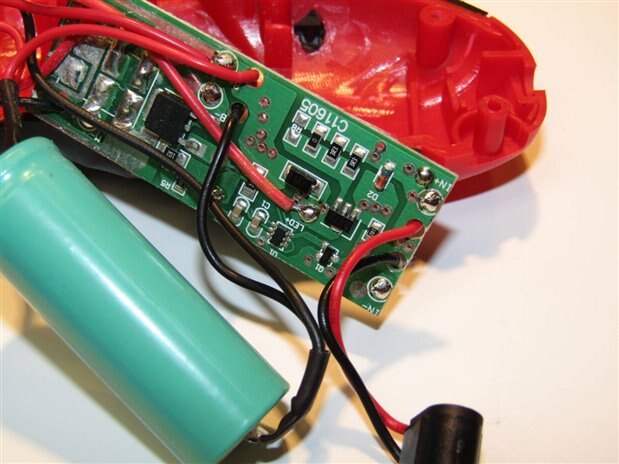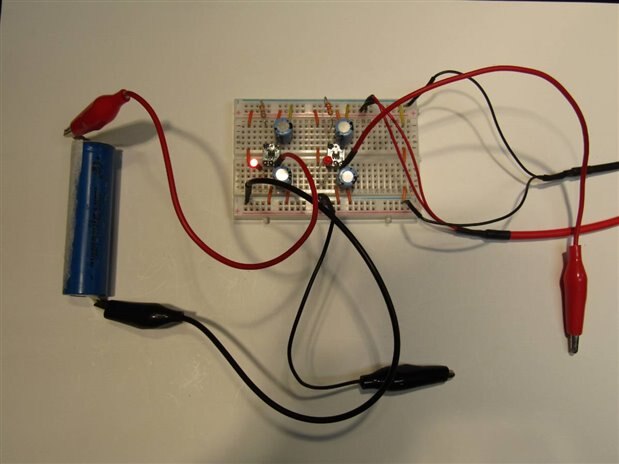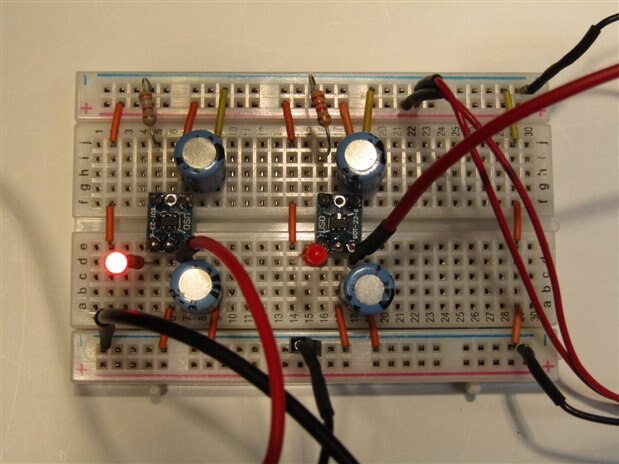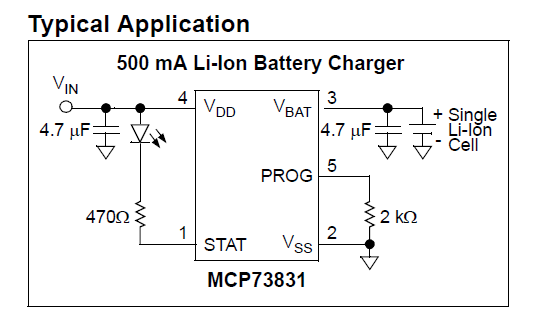I am testing out a cordless screw driver. When I first plugged it into the charger a red LED light was suppose to light but it didn't. After a couple hours I opened the unit up and checked for circuit problems,
The SOT89 in the center right of the circuit board is a B772 NPN transistor and it controls the charge current. Below it, the small transistor is a 2N7002 ( an N Ch MOSFET) and it is the driver that controls the B772. The U1 which I haven't IDed is probably the charge controller. When I first opened the unit I had 5 volts on the emitter of the B772 and no volts on the Collector. The Li-ion battery was sitting at 0.6 volts. In the course of my testing I eventually put a small token charge into the battery and at this point the unit started charging as normal.
My question is this: Did the extremely low charge level of the battery cause the charge circuit to default to a no charge situation or is there likely a secondary fault in the circuit that has just decided to temporarily heal itself? Any insights would be appreciated. I have minimal experience with this type of charging circuit.
John




